SilverStone SX500-LG Power Supply Review
SilverStone's SX500-LG fits into the new SFX-L form factor. It's longer than normal SFX units, allowing for a larger fan that reduces output noise.
Why you can trust Tom's Hardware
Ripple Measurements
To learn how we measure ripple, please click here.
The following table includes the ripple levels we measured on SX500-LG's rails. The limits are, according to the ATX specification, 120mV (+12V) and 50mV (5V, 3.3V and 5VSB).
| Test | 12V | 5V | 3.3V | 5VSB | Pass/Fail |
|---|---|---|---|---|---|
| 10% Load | 14.8mV | 13.2mV | 28.3mV | 14.7mV | Pass |
| 20% Load | 23.7mV | 19.1mV | 39.3mV | 17.7mV | Pass |
| 30% Load | 24.6mV | 21.3mV | 40.0mV | 21.0mV | Pass |
| 40% Load | 25.9mV | 25.5mV | 41.1mV | 22.9mV | Pass |
| 50% Load | 28.0mV | 25.3mV | 40.2mV | 24.1mV | Pass |
| 60% Load | 30.4mV | 29.1mV | 41.2mV | 25.6mV | Pass |
| 70% Load | 34.8mV | 32.6mV | 45.3mV | 27.8mV | Pass |
| 80% Load | 40.2mV | 35.2mV | 44.9mV | 29.2mV | Pass |
| 90% Load | 48.2mV | 39.1mV | 43.8mV | 32.1mV | Pass |
| 100% Load | 59.2mV | 41.9mV | 45.9mV | 37.1mV | Pass |
| 110% Load | 49.0mV | 47.3mV | 54.6mV | 41.3mV | Fail |
| Crossload 1 | 21.3mV | 22.7mV | 30.8mV | 34.5mV | Pass |
| Crossload 2 | 60.2mV | 37.9mV | 45.3mV | 29.9mV | Pass |
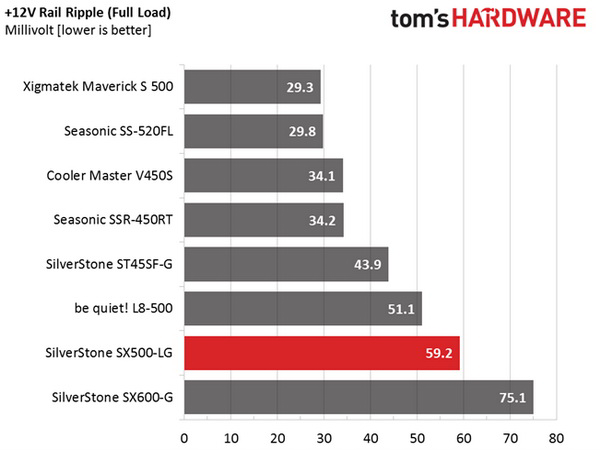
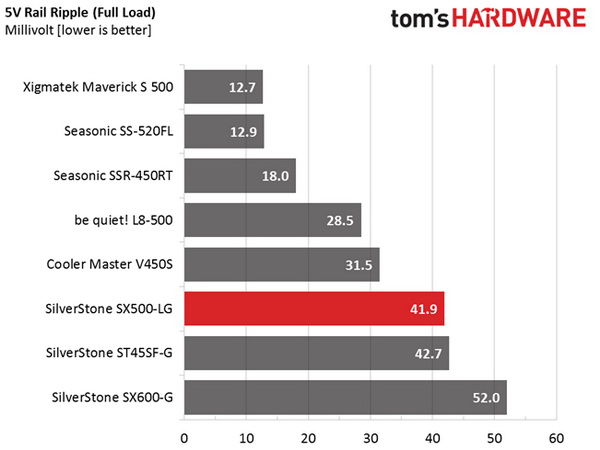
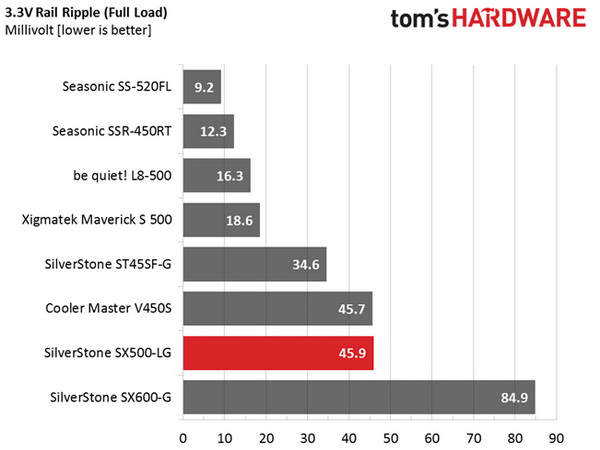
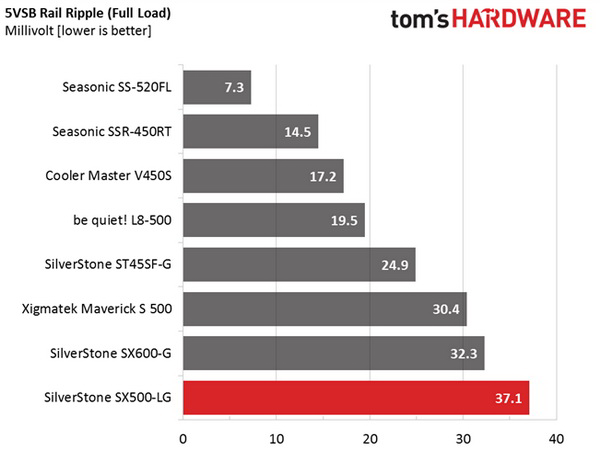
Ripple suppression on the +12V rail wasn't top-notch, but it was decent for a unit of this size (although we believe that SilverStone could have squeezed in more caps at its main and modular PCBs). Assuming space was an issue, if fewer electrolytic caps were used there would be enough room for a sufficient number of polymer caps that could filter ripple more effectively. Finally, during the overload test, the 3.3V rail failed to keep its ripple within ATX specs. But because we pushed the PSU beyond its limit, we cannot blame it for this result.
Compared to the higher-capacity SX600-G, the SX500-LG performed much better overall in ripple suppression, as the SX600-G failed to keep ripple on its minor rails inside the ATX specs during the full-load tests. This alone allows the SX500-LG to achieve a higher overall performance score.
Ripple Oscilloscope Screenshots
The following oscilloscope screenshots illustrate the AC ripple and noise registered on the main rails (+12V, 5V, 3.3V and 5VSB). The bigger the fluctuations on the screen, the bigger the ripple/noise. We set 0.01V/Div (each vertical division/box equals 0.01V) as the standard for all measurements.
Ripple At Full Load
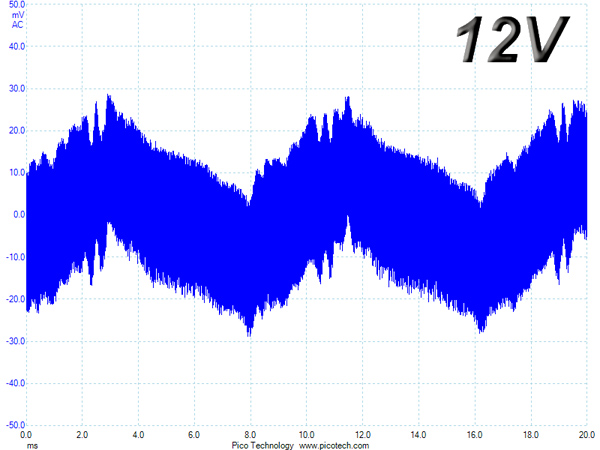
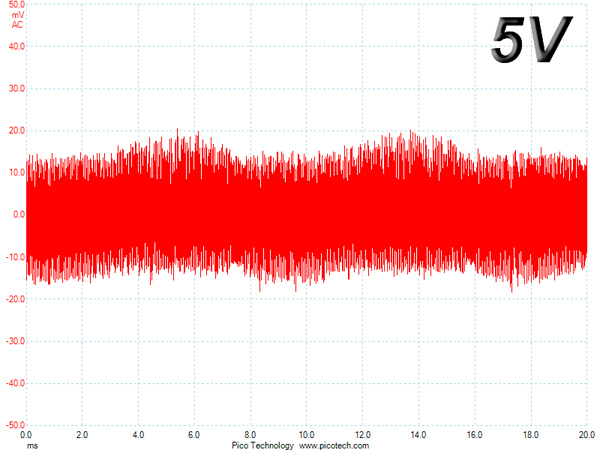
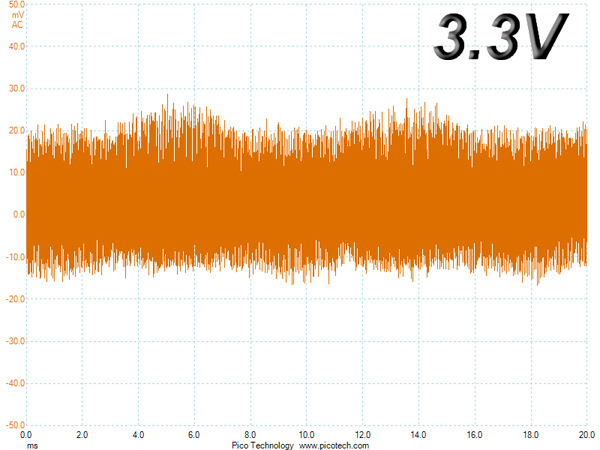
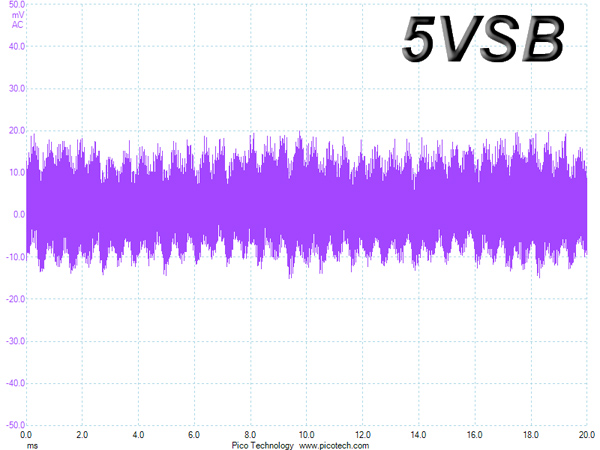
Ripple At 110-Percent Load
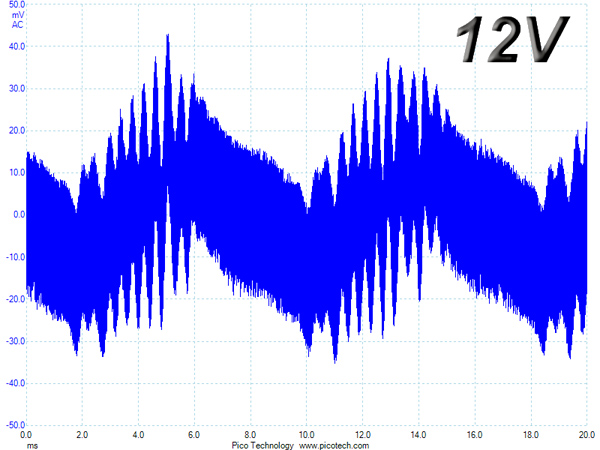
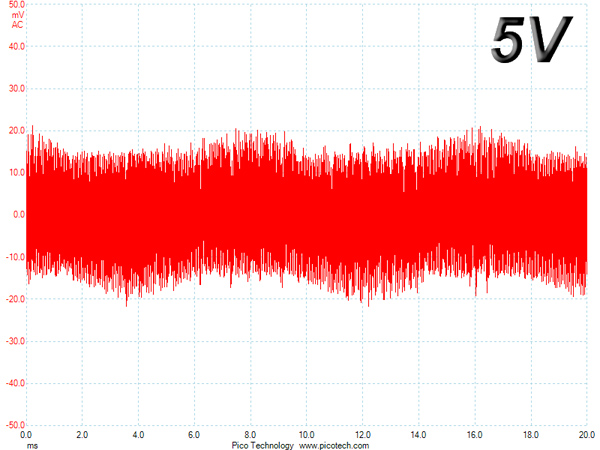
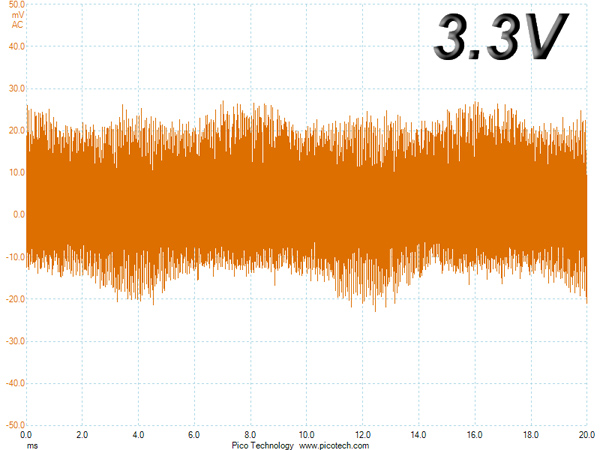
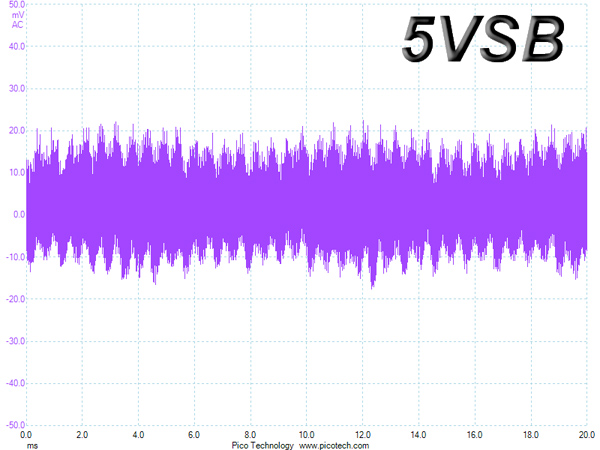
Ripple At Cross-Load 1
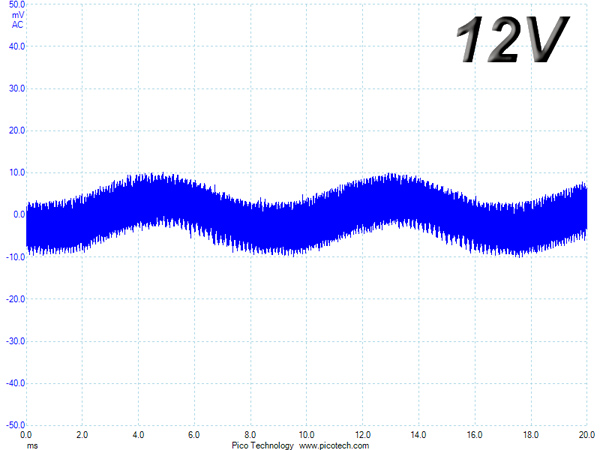
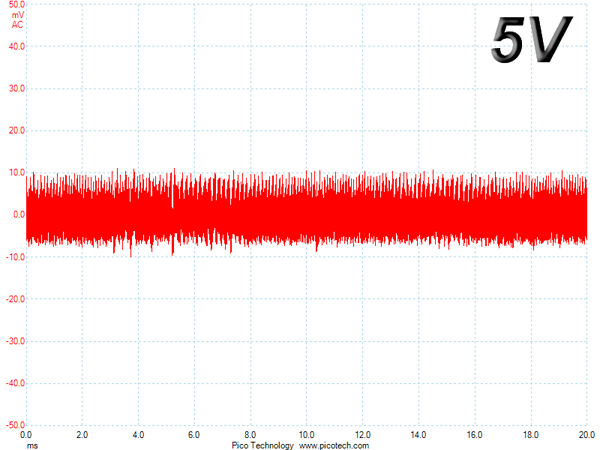
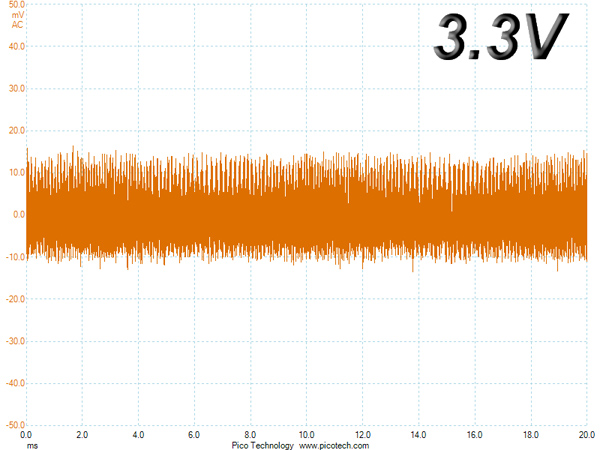
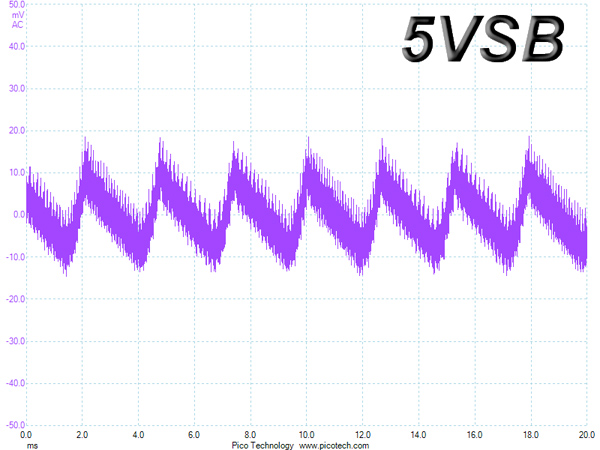
Ripple At Cross-Load 2
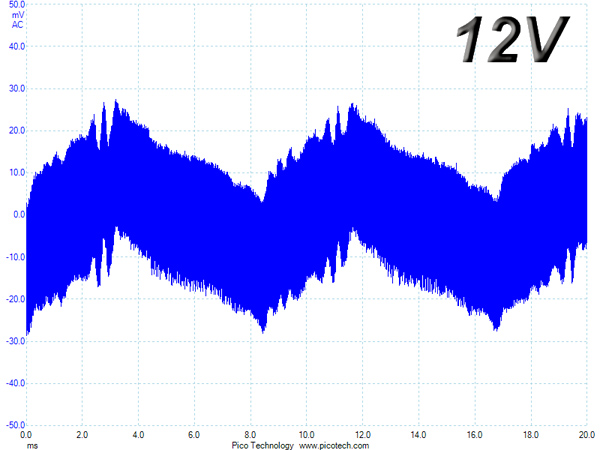
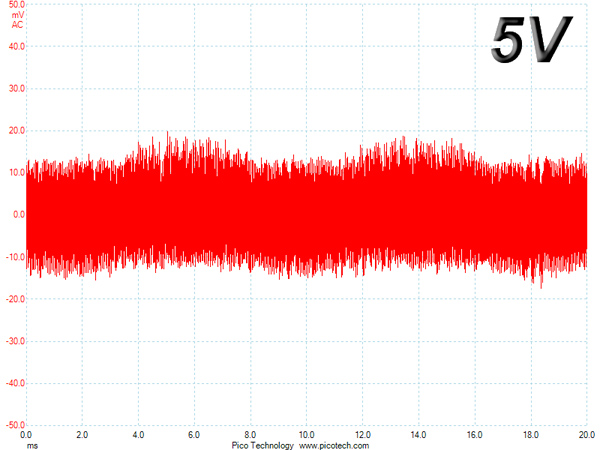
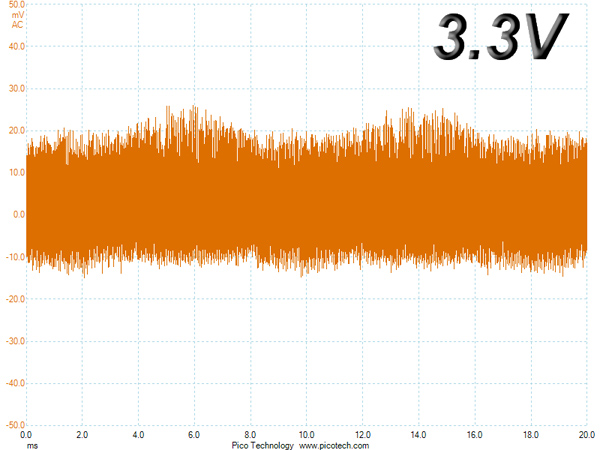
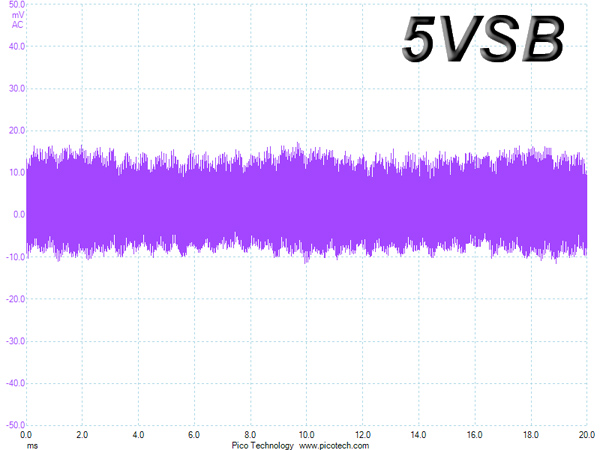
Get Tom's Hardware's best news and in-depth reviews, straight to your inbox.
Current page: Ripple Measurements
Prev Page Transient Response Tests Next Page Performance, Performance Per Dollar And Noise Ratings
Aris Mpitziopoulos is a contributing editor at Tom's Hardware, covering PSUs.
-
Giannis Karagiannis Nice review! Indeed, the price is high but this is common with non standard ATX size PSUs. Apart from the high price it looks like a very good unit however.Reply -
PaulBags I'm waiting to see the 700w platinum version of this in review. If we can get a 700w platinum sfx-l, how long until we can get shorter and/or higher wattage fanless atx?Reply -
Aris_Mp I will ask for their 700 W model as well.Reply
As for higher wattage fanless ATX units, only with Titanium efficiency (for less energy dissipation) -
jtd871 YMMV, but there are people who have reported a galloping or chirping noise associated with this model. It's not clear if it's the fan, the thermistor that turns the fan on and off or a combination of both. Based on the ambient testing temps for this review, it might not have been noticed or noticeable. Discussion on for those wanting more info.Reply -
Aris_Mp Haven't noticed anything weird in my sample, else I would have mentioned it in the review.Reply -
Vlad Rose Still not compatible with their first generation Raven RVZ01 models. Be careful if you buy one through an online retailer as you might get back stock as Silverstone never bothered to call it a revision change..Reply -
mikelim2000 Got the same PSU, no weird sound, almost dead silent. My PC is dead silent, no case fans, only other fan is the Be Quiet! Shadow Rock LP for my cpu and that's literally dead silent.Reply
-
ThePSU Honestly....Aris no mean to offend you but you barely explain how you test these, what equipment you use, or anything. Just a bunch of oscillating graphs is not making you a confident reviewer to me. One must reveal how they come up with these numbers in detail and equipment used. Otherwise until I can myself replicate these things, your reviews are utterly useless to me.Reply -
Aris_Mp I am not easily offended no worries. There is a whole article about this. And also there are links to this article right before each new test, in all of my reviews. For me as well a reviewer that doesn't share is methodology and equipment isn't a trust worthy one.Reply
http://www.tomshardware.com/reviews/how-we-test-psu,4042.html